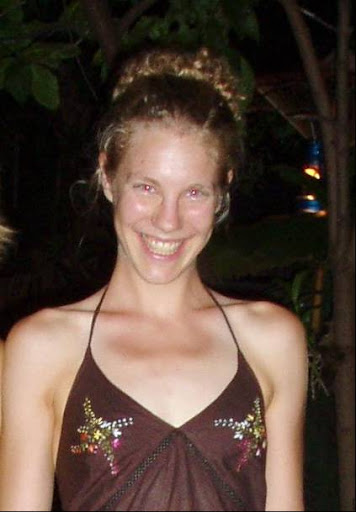Long, long day. After breakfast we walked from our house to the village water source. This is the first village I’ve visited that actually has water piped to the village area, instead of taking water directly from a river or well. The water source is a stream near an area called “Gua Maria”, which means “Cave Mary”. The whole area is very Catholic, with crosses next to the river, a chapel that is a strange mix of Dayak and Christian symbols. Because we had an extra day, to prevent everyone (including myself) from becoming bored I decided to conduct a water survey, to see where folks in the village really get their water. I had a hunch that although there is water available via pipe, there are other drinking water and irrigation sources in the village.
While half the team walked around the village conducting this water use survey, myself and three other teammates acquired a couple of motorbikes and drove to a neighboring village, Nek Doyan. Our objective was to meet with the Kepala Dusun of Nek Doyan and ask permission to survey the village in a couple weeks. After we talked with the Kepala Dusun, we had most of the day left, so we decided to drive east to see an oil palm plantation, protected area, and make contact with another potential study site village near the
I believe I’ve already blogged about the difficulties of riding a motorbike over bad roads for long periods of time. It seems like an easy thing – you just sit behind the driver and look around, right? Wrong! If the road is bad, the passenger always has to be ready for the next bump or pothole or bridge or slippery spot, and when these obstacles present themselves the passenger must hold on (with hands and feet and knees) for dear life, as to not be bounced off the back of the bike. If the motorbike goes up a steep slope, or passes through mud, or navigates a narrow bridge, the passenger must get off and walk. If the bike gets stuck in mud, the passenger helps to get it unstuck. After five hours of riding on the bike, I was exhausted. However, upon return to Manjau I immediately had to mandi (bathe) and get ready for the evening’s map-making meeting.
As usual, the map-making was an informative process, where the team learned about the village layout, local perceptions of land use, and a bit about the local political situation as well. After a long three hour meeting to make the map, and another hour to arrange with village guides, our teams returned home tired but excited to get into the field tomorrow.

No comments:
Post a Comment